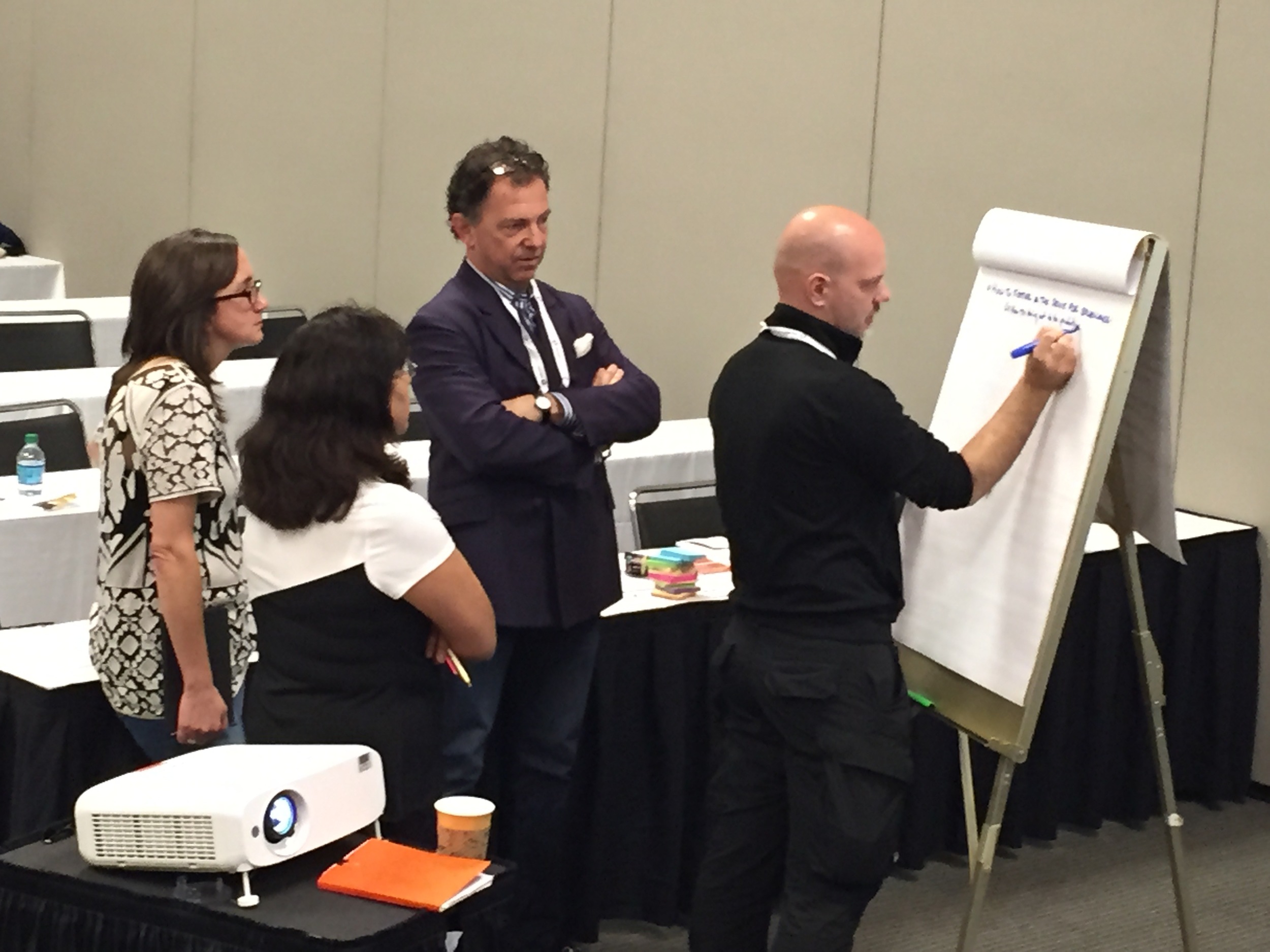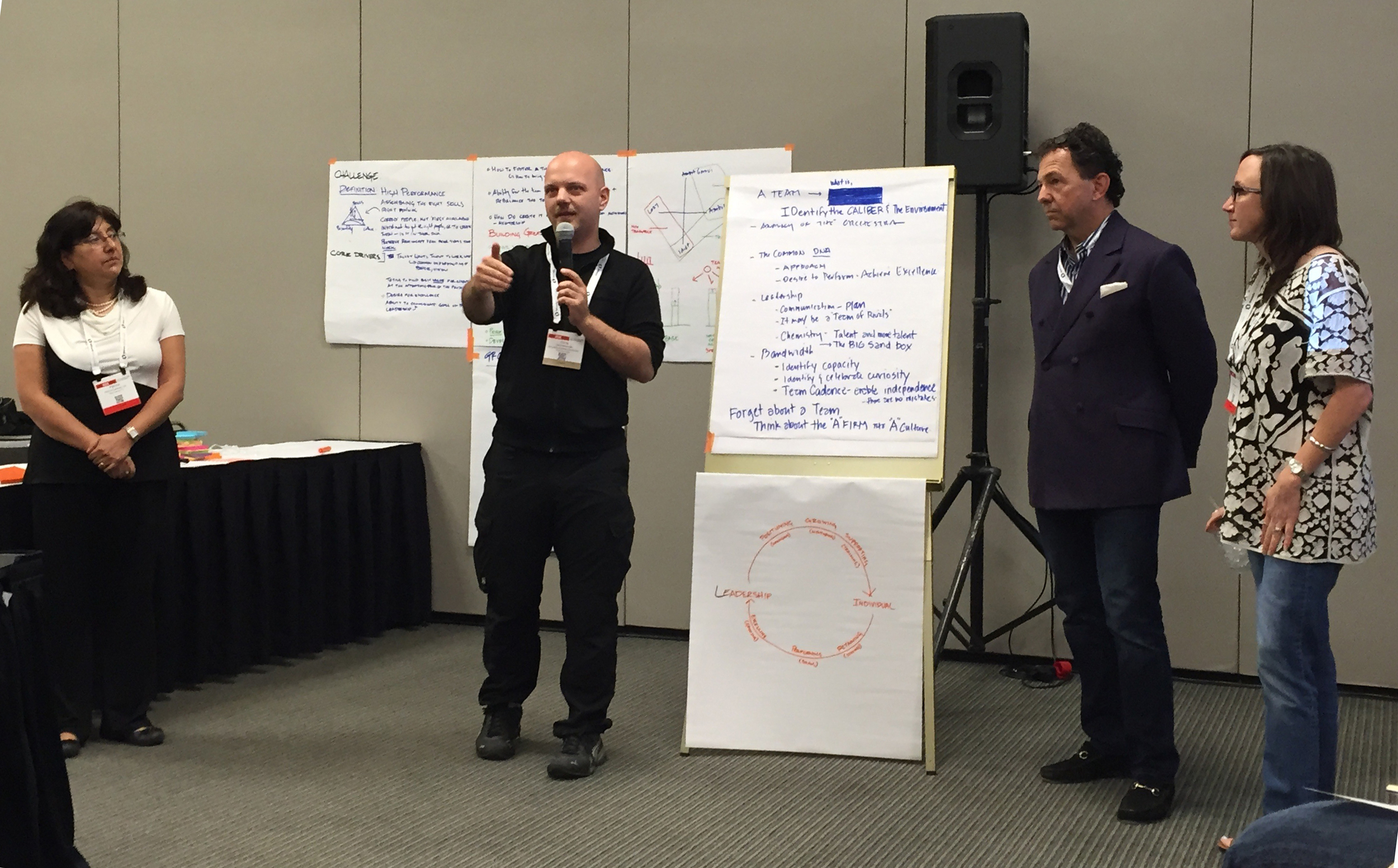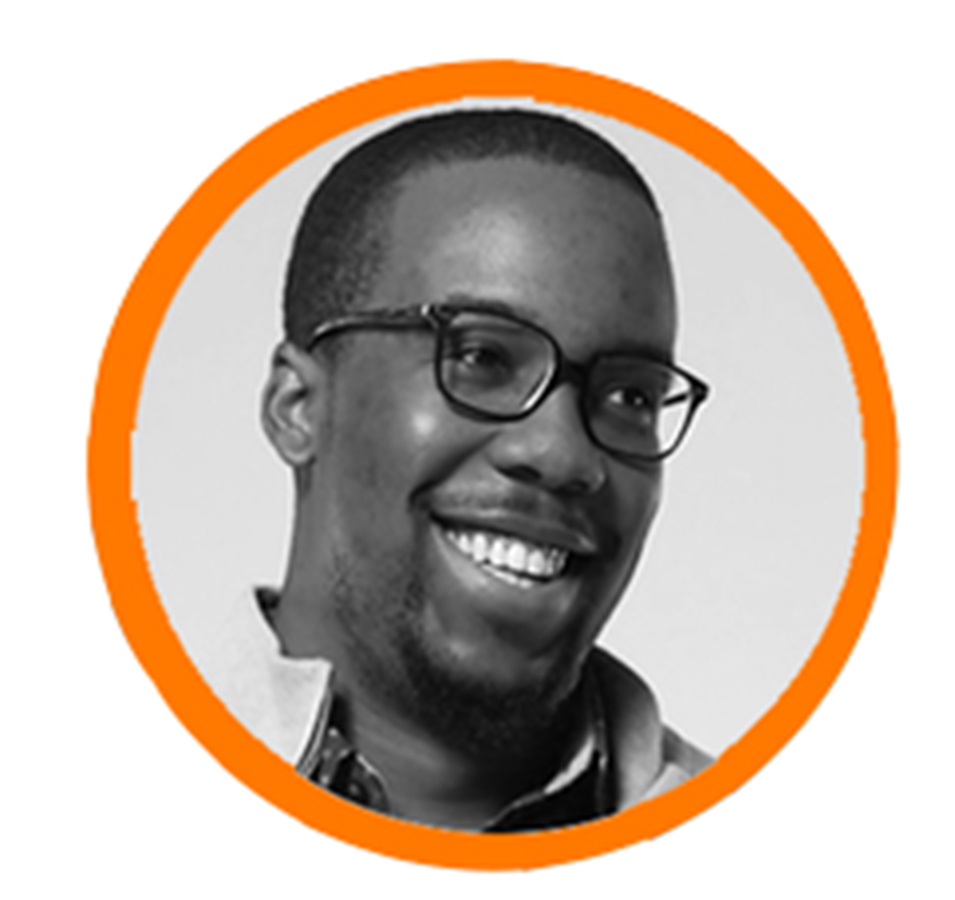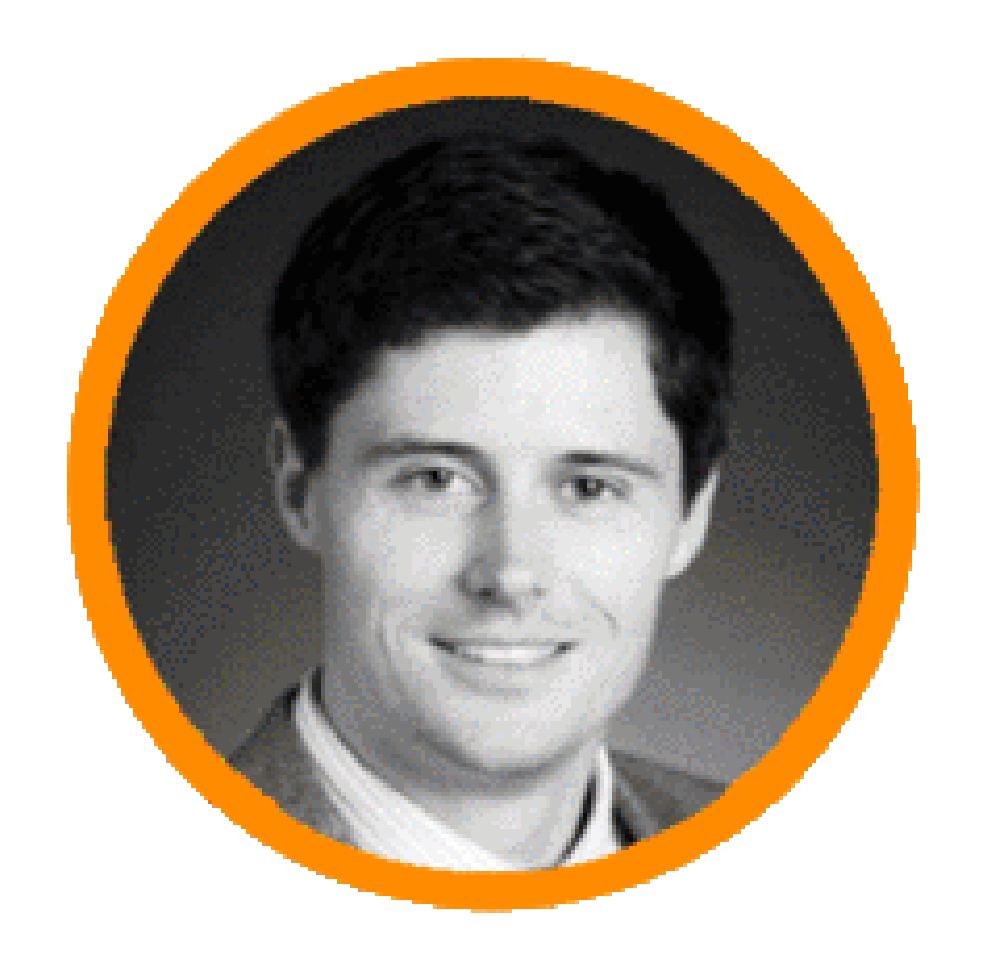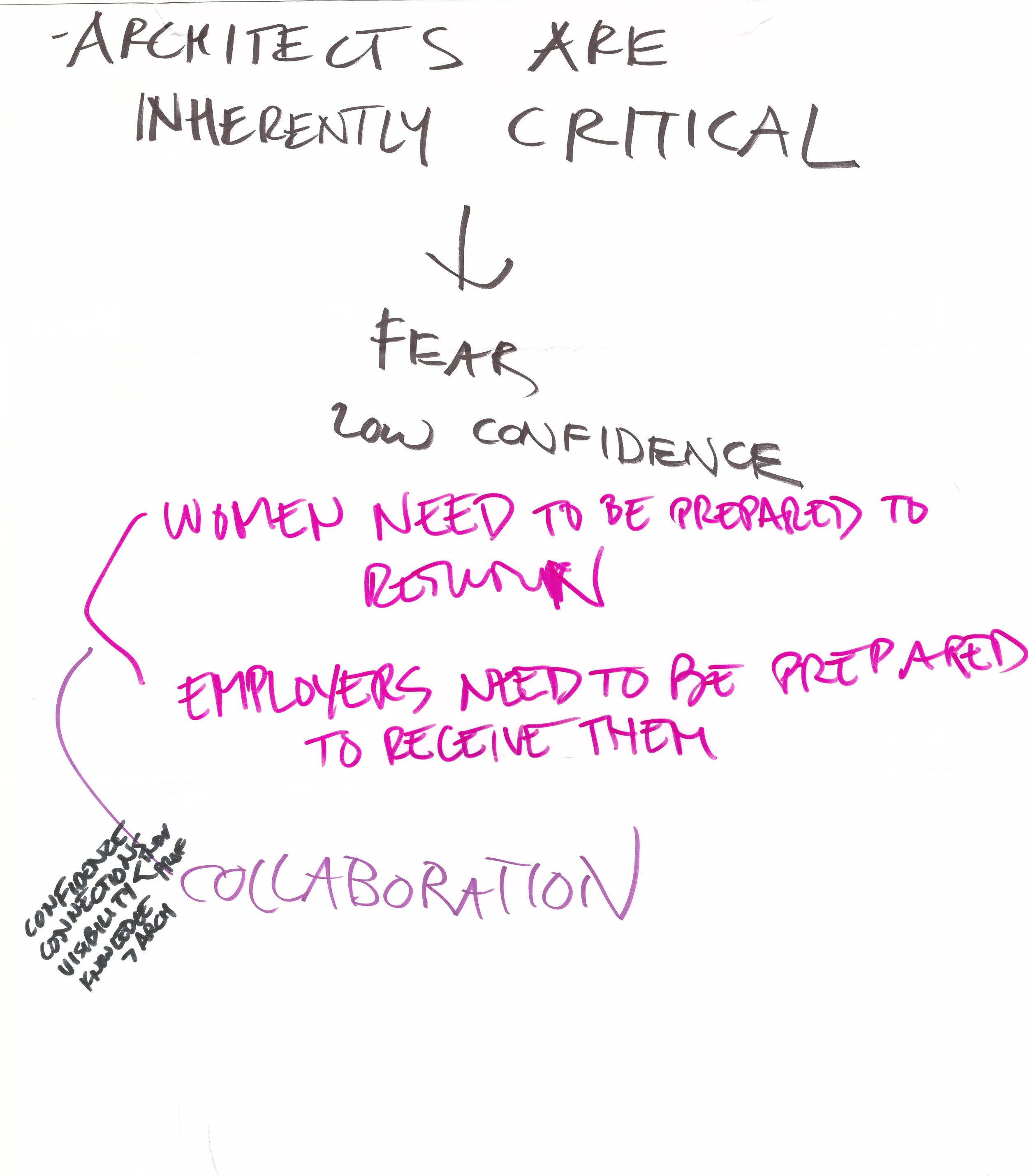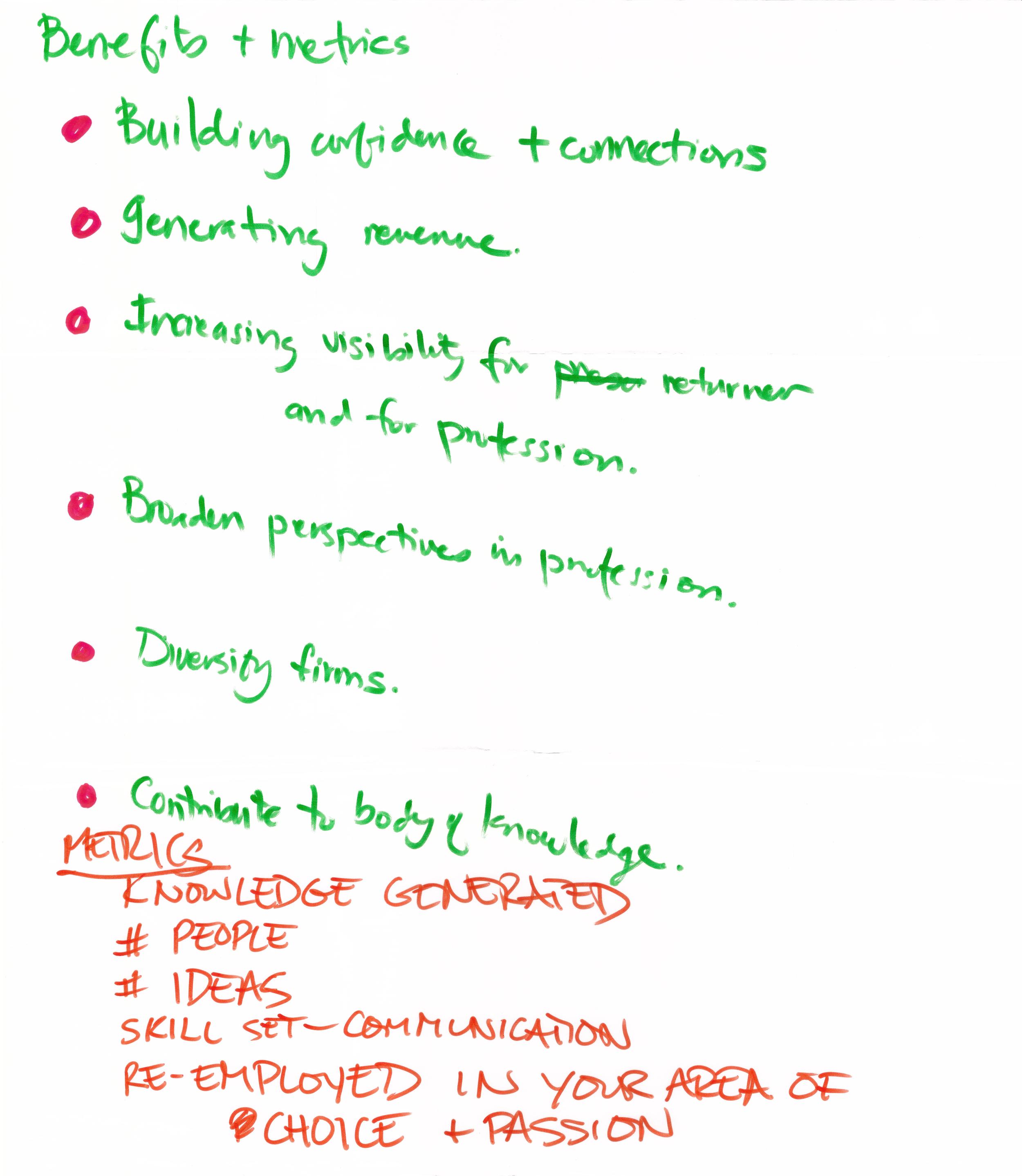On June 11th, marking the 2 year anniversary of our group, Equity by Design took "Discussion and Action" a step further and another whale bite with the second EQxD "U" Program: What's Flex got to do with Success? about Work Life Flexibility challenges in the profession.
Work life flexibility emerged as a major theme of last year's Equity in Architecture survey. Flexibility was one of the most important ways that our survey respondents defined success in their careers. The survey also shows that inflexible schedules and long hours are a real burden on our field - a significant portion of respondents had turned down opportunities or promotions due to issues of flexibility, people are leaving the field due to long hours and low pay, and taxing work schedules are a major obstacle to licensure.
The workshop was hosted by AIA San Francisco with Amber Evans and Lilian Asperin-Clyman of the Equity by Design Committee. 4 guest panelists from a range of experience in Architecture and Engineering. Kirstin Weeks is a senior Energy and Building Ecology Specialist at Arup. Jeffrey Till has is an architect and Design Principal at Perkins & Will. Annette Jannotta is an interior architect with Flad Architects San Francisco. Douglas Speckhard is an architect and an Associate at Bohlin Cywinski Jackson.
The Storify recap of live tweets from the event with #EQxDFlexWorks is part of our initiative to leverage technology as a way to capture and document valuable ideas and lessons learned for continuing the dialogue and inspiring action in your firms, local AIA Chapters or in our larger AEC community.
WHAT'S NEXT FOR EQxD "U"?
Hungry for more Knowledge, Discussion and Action? Join us for EQxD "U" Workshop #3 on Thursday, August 13th at 6-8:30pm for "Collaboratie Negotiation is your Power Tool". Are you an avoider, accommodator, compromiser, collaborator or competitor when in comes to Negotiations? Talk with negotiation experts, Take the Thomas-Kilmann Analysis of your default negotiation style and then Practice your skills w/ our customized Negotiation Role Play in the Break-Out. This will be a popular session and likely sold-out, so sign up early! As with all our sessions, this workshop is beneficial to men and women and AEC professionals.

